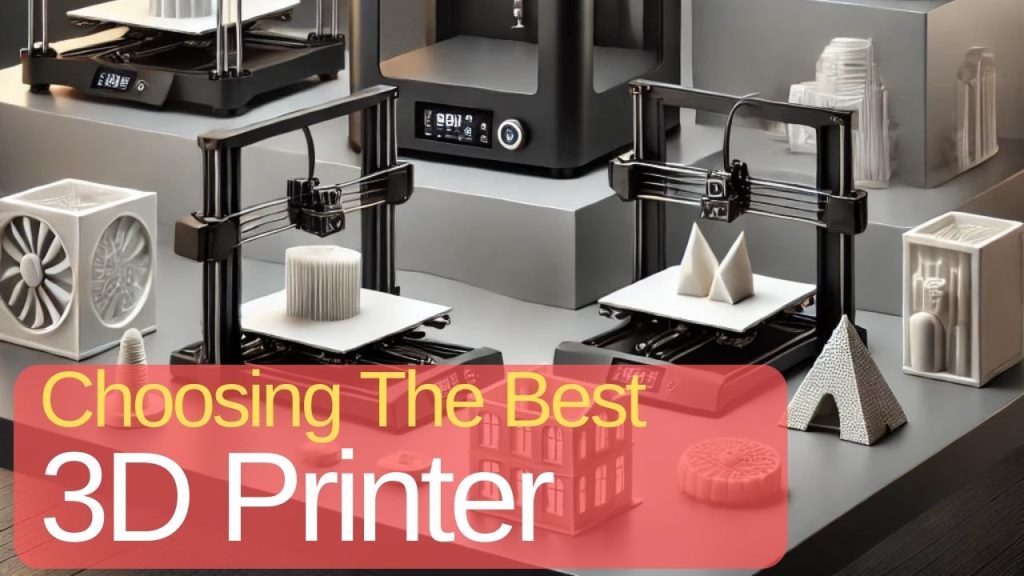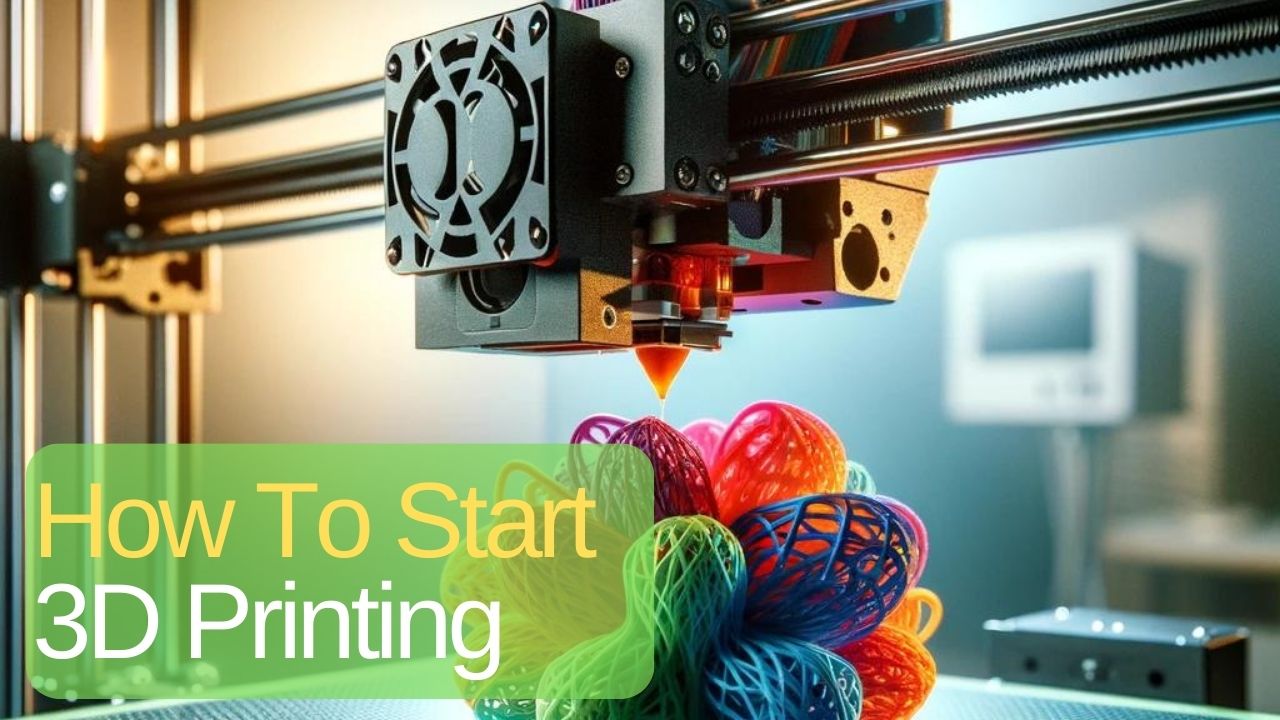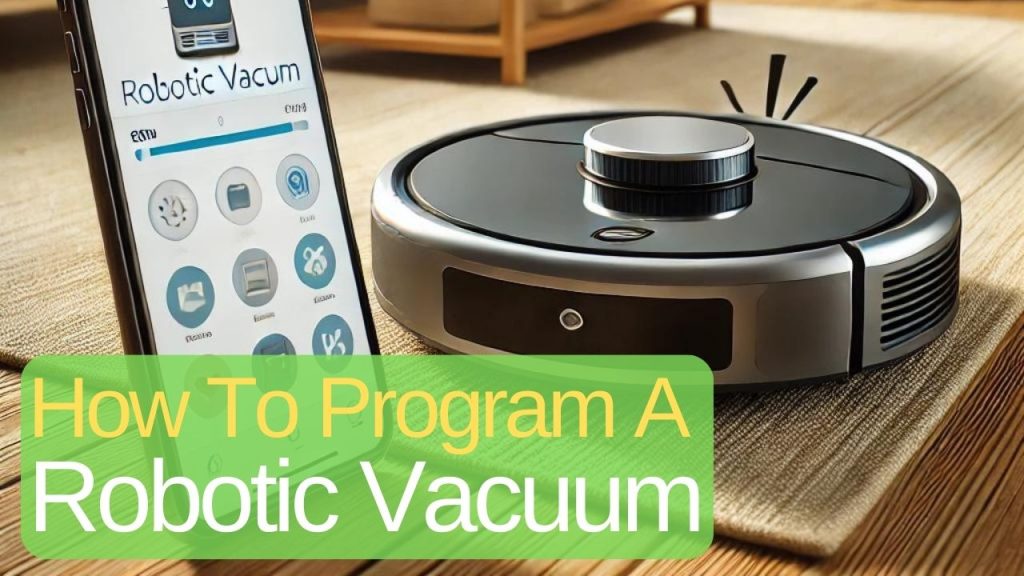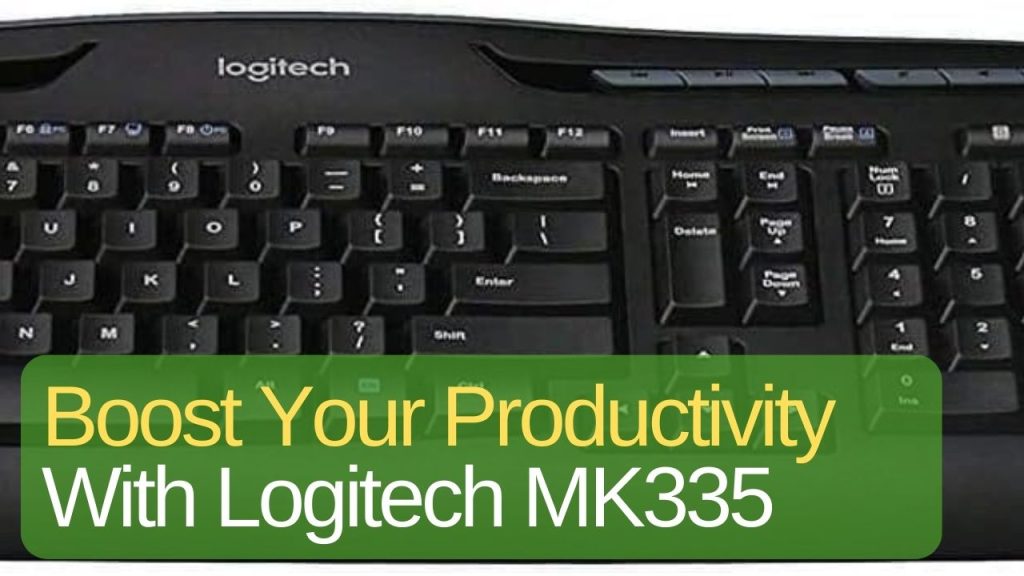3D printing has revolutionized the way we create and design, making it possible to bring digital ideas into the physical world with just a few clicks. If you’re interested in learning how to start 3D printing, this guide will walk you through the basics, ensuring that you begin your 3D printing journey with confidence.

Understanding How to Start 3D Printing
What is 3D Printing?
How to start 3D printing begins with understanding the fundamentals. 3D printing, also known as additive manufacturing, is a process where digital models are turned into physical objects by adding material layer by layer. Unlike traditional manufacturing, which often involves cutting away material, 3D printing builds objects up, allowing for intricate designs and efficient use of materials.
Types of 3D Printers to Help You Start 3D Printing
To learn how to start 3D printing, you need to know about the different types of 3D printers available, each with its strengths:
- Fused Deposition Modeling (FDM): The most common type for beginners, FDM printers work by extruding melted plastic filament layer by layer. They are affordable and user-friendly, making them a great choice for first-timers.
- Stereolithography (SLA): SLA printers use a laser to cure liquid resin into solid layers. They are known for high precision and smooth surface finishes but can be more expensive and complex to operate.
- Selective Laser Sintering (SLS): SLS printers use a laser to fuse powdered materials, creating strong and durable parts. These are typically used in industrial settings due to their cost and complexity.
Common Materials Used When Starting 3D Printing

Choosing the right materials is a key part of how to start 3D printing. The material you choose for 3D printing depends on your project needs:
- PLA (Polylactic Acid): A biodegradable plastic that is easy to print with and perfect for beginners. It’s ideal for simple models and prototypes.
- ABS (Acrylonitrile Butadiene Styrene): A sturdy plastic used in products like LEGO bricks. It requires a heated bed and is more challenging to print than PLA, but it’s more durable.
- PETG (Polyethylene Terephthalate Glycol): A good middle ground between PLA and ABS, PETG is strong, flexible, and easy to print with.
Essential Tools and Software for Starting 3D Printing
Software You’ll Need to Start 3D Printing
Understanding how to start 3D printing requires knowledge of the basic software:
- CAD Software (Computer-Aided Design): Programs like Tinkercad, Fusion 360, or Blender allow you to design your own 3D models. Tinkercad is especially beginner-friendly.
- Slicer Software: Once you have a 3D model, slicer software like Cura or PrusaSlicer is used to convert it into instructions (G-code) that your printer can follow. These programs let you adjust settings like layer height, print speed, and support structures.
Tools for Success When Starting 3D Printing
While 3D printing mostly relies on digital tools, a few physical tools will make your life easier:
- Spatula or Scraper: To safely remove prints from the build plate.
- Calipers: For measuring the dimensions of your prints and ensuring accuracy.
- Tweezers: To remove small bits of filament or clean the nozzle.

Step-by-Step Guide on How to Start 3D Printing
1. Choose the Right Printer and Materials
The first step in how to start 3D printing is selecting a printer that fits your budget and needs. For beginners, an FDM printer with PLA filament is often the best starting point due to its ease of use and low cost.
2. Set Up Your 3D Printer
Follow the manufacturer’s instructions to assemble your printer, if necessary. Ensuring that the bed is level and that the printer is calibrated correctly is crucial for achieving good print quality.
3. Find and Prepare a Model to Print
You can either design your own model using CAD software or download one from online repositories like Thingiverse. Once you have your model, use slicer software to prepare it for printing. This includes setting the layer height, infill density, and generating supports if needed.
4. Start Printing
Load the filament into your printer, and start the print job using the G-code generated by your slicer. Monitor the first few layers to ensure everything is working correctly. Once the print is complete, carefully remove it from the build plate.
Overcoming Challenges When Starting 3D Printing
3D printing can be tricky, especially when you’re just starting out. Here are some common issues and how to solve them:
- Warping: This happens when the corners of your print lift off the build plate. To prevent this, ensure your bed is properly leveled and consider using a heated bed or adhesive like glue stick or blue painter’s tape.
- Stringing: Thin strands of filament can appear between parts of your print. Reducing the print temperature and adjusting the retraction settings in your slicer can help.
- Layer Shifting: If your layers don’t align properly, check that your belts are tight and that there’s no obstruction in the printer’s movement.
Common Questions About How to Start 3D Printing
How much does it cost to start 3D printing?
The cost of getting started can vary widely. Entry-level FDM printers start around $200, while more advanced models can cost several thousand dollars. Filament is relatively inexpensive, with a standard spool costing about $20–$30.
What types of projects can beginners try?
Beginners can start with simple models like keychains, phone stands, or basic figurines. As you gain experience, you can move on to more complex designs like mechanical parts, household items, or even custom prototypes.
How can I troubleshoot common 3D printing problems?
Most issues can be resolved by checking your printer’s calibration, adjusting slicer settings, or ensuring that your filament is in good condition. Online communities and forums are also valuable resources for troubleshooting.
What are some good resources for learning more about 3D printing?
Websites like All3DP, MakerBot, and YouTube channels dedicated to 3D printing offer a wealth of tutorials, tips, and project ideas. Joining a local maker group or online forum can also provide support and inspiration.
How to Start 3D Printing: Final Thoughts
Starting with 3D printing is an exciting journey into a world where you can turn digital designs into physical reality. With the right tools, a bit of patience, and a willingness to experiment, you’ll soon be creating amazing things. Don’t be afraid to make mistakes—they’re part of the learning process. Happy printing!













